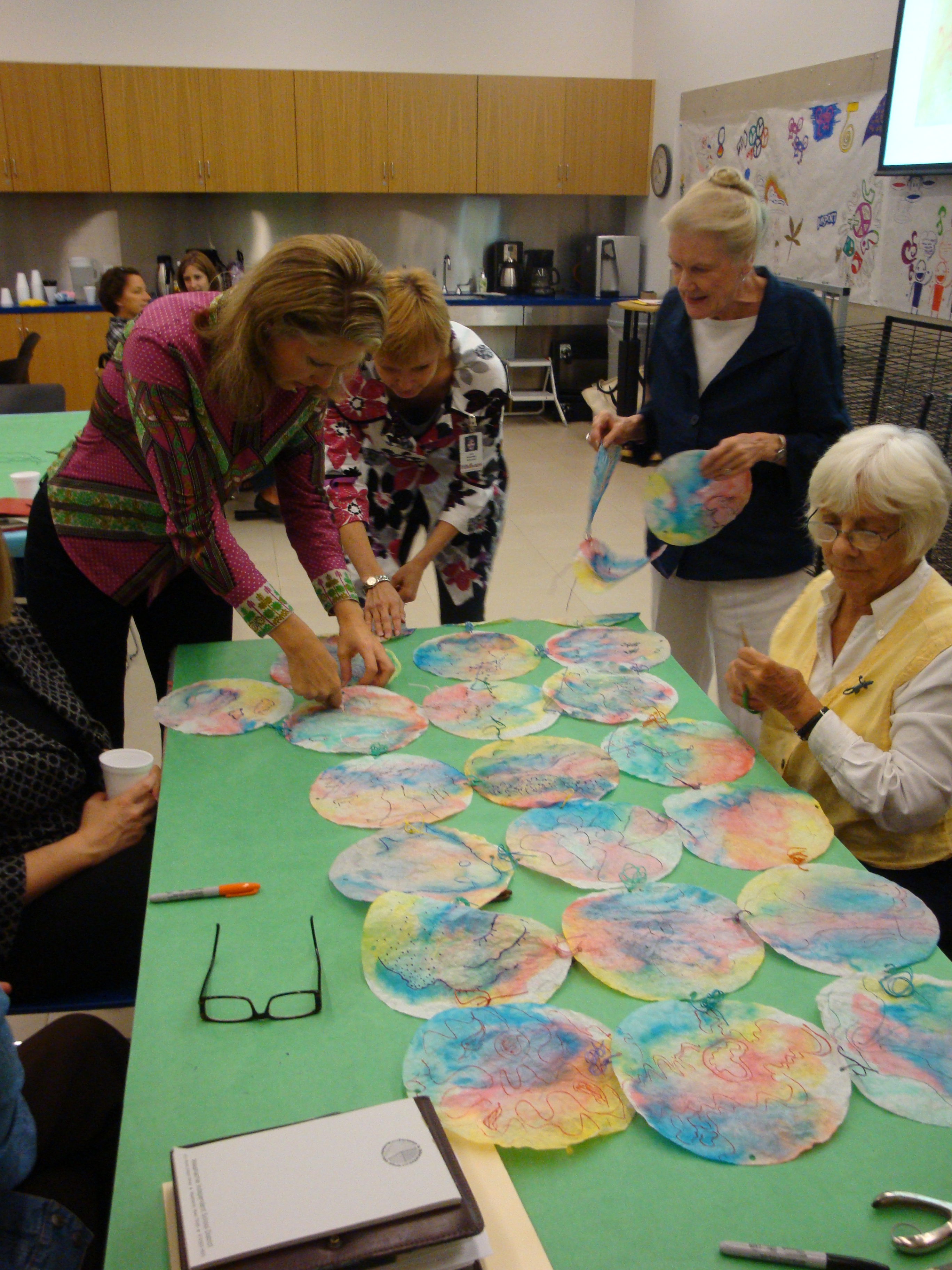Urban Armor is a program for tweens and teens focusing on building identity through discussion and artmaking. This month, we’re offering a graffiti workshop inspired by the Mark Bradford exhibition. We’ll look at several works in this incredible show, and talk about the relationship between place and identity on both a personal and communal level.

Mark Bradford, A Truly Rich Man Is One Whose Children Run into His Arms Even When His Hands Are Empty, 2008, Collection of Marguerite Steed Hoffman
What has me excited about this workshop is the opportunity to discuss with participants the idea that not only are we influenced by our environment, we in turn leave our mark on the spaces we inhabit through our presence and actions. For teens, I think this desire to make someplace your own is particularly strong—from their rooms at home, lockers at school, to their personal space (how they dress, for example). This connection between place and identity is fundamental not only to Mark Bradford’s work but to street art as well, which is something we’ll explore during the workshop. Teens will also have the chance to talk about their own reactions to Bradford’s work in terms of his materials and his use of layers.
Participants will then have the opportunity to make a work of graffiti art using a wide variety of materials that focus on their individual creative strengths. Some may feel more comfortable with drawing, others with collage, etc. Regardless of the medium they choose, we’ll emphasize the notion of self-expression through the use of layers. They’ll learn how to make their own stencils and how these can be used to create patterns through repetition in their artwork as well as a way of personalizing their own stuff at home after the workshop.
Urban Art will be offered Friday, October 21 from 9:30-11:30 p.m. and Saturday, October 29 from 1:00-3:00 p.m. The October 29 workshop is currently full, and registration is encouraged for the October 21 workshop (drop-ins will be welcome but space is limited and on a first-come, first-served basis). All supplies will be provided, and the program is free with paid admission to the Museum.
JC Bigornia
Coordinator of Family Experiences



















